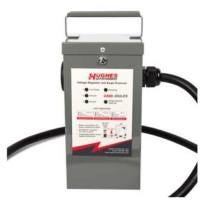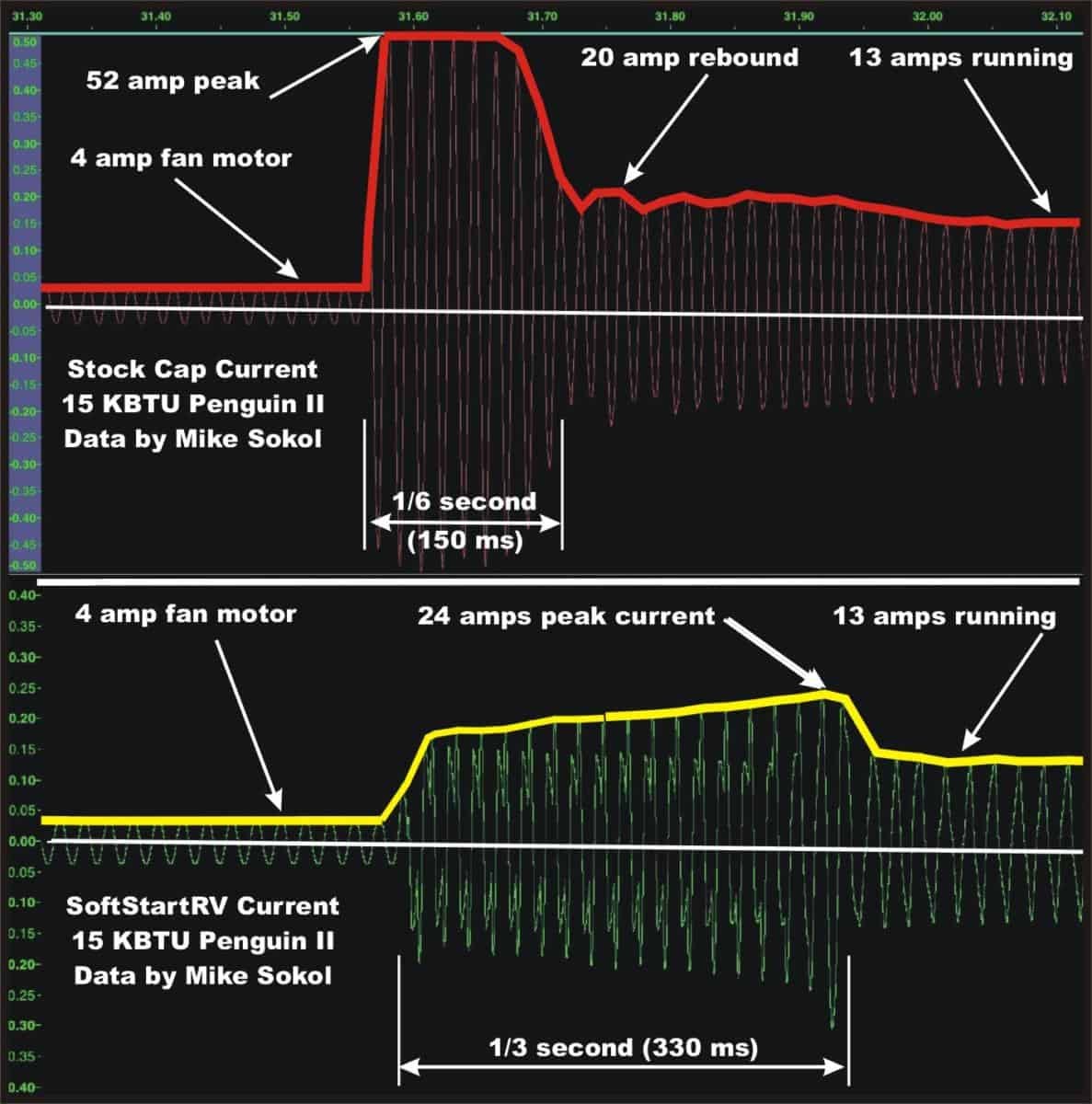Is the Hughes Autoformer a cure for low voltage? Part 1
As promised here's Part 1 of my 3-Part series on how the Hughes Autoformer works. The last part will include full charts and graphs from my NEC Autoformer study.
Not a week goes by without me receiving at least a few emails and questions about the Hughes Autoformer. This is advertised as a cure for low campground voltage, and its users are adamant about how great it works, and everyone else at the campground is shutting down while their own air conditioner is still working, etc.
Note that in the 2020 National Electrical Code any voltage boosting transformers have been made a violation of NFPA 1192, allowing campgrounds to force you to disconnect or leave. This is based on the premise that an Autoformer (or autotransformer) increases the amperage draw of your RV’s electrical system to make up for the lower voltage.
There’s nothing magical about the Hughes Autoformer since it’s basically an autotransformer with a voltage sensor and transfer relay. When the incoming voltage goes below a certain value, the relay kicks in adding a 10% voltage boost. I’ve been installing autotransformers (the manual version of this product is called a buck/boost transformer) in industrial buildings and churches for more than 40 years, and I know exactly how they work.
According to the NEC, these autotransformers increase the amperage load in a campground electrical grid because they draw 10% more amperage than the RV should be using. But according to Hughes, they actually help reduce overall amperage draw because air conditioner and refrigerator compressor motors tend to draw more current as the campground voltage gets lower.
According to my studies, I know that both of these statements are true to some extent, but I don’t know which one has the greater effect on campground power. Do RV air conditioners really draw more amperage as the voltage goes down? All my textbooks say so. Does the Hughes Autoformer have the ability to negate that extra amperage draw enough to make up for the extra amperage it uses to boost the voltage? Heck if I know for sure I can run textbook calculations all day long, but it’s hard to know all the variables.
However, I do know one way to find out. I’ve just bought a 3kVa variable transformer (a VariAC) that can vary the line voltage from 0 to 140 volts. And my HRDL meter can monitor both voltage and current going in and out of my VariAC with extreme accuracy. And while I’m at it, I’ll also do this experiment with both a SoftStartRV controller and the factory starting capacitor on a Dometic Penguin II 15KBTU air conditioner.
Hughes finally did send me a 30-amp Autoformer for my experiments, so all the pieces needed to solve the puzzle are finally in place. Stay tuned for Part 2 of my engineering study on how low AC voltage affects current draw from air conditioner compressors. See you then.
Let’s play safe out there….










Stay tuned for the full story, but the ban has already been lifted in the 2023 edition of the code.
Mike, interesting article, but looking for some clarification. You seem to be referring to the autoformer as the specific product being reviewed, but if I understand correctly, "Hughes Autoformer" is the name of the company that makes a line of power related products, including their voltage boosters as well as surge protectors aka "Power Watchdog".
This review applies only to their voltage boosters and NOT to their surge protectors, correct? I understand that their voltage booster may have been their initial product and that "autoformer" became synonymous with it. I just don't want people to falsely believe that use of their Power Watchdog surge protector may be a code violation or perhaps get them booted from a campground if that's not the case.
Marco